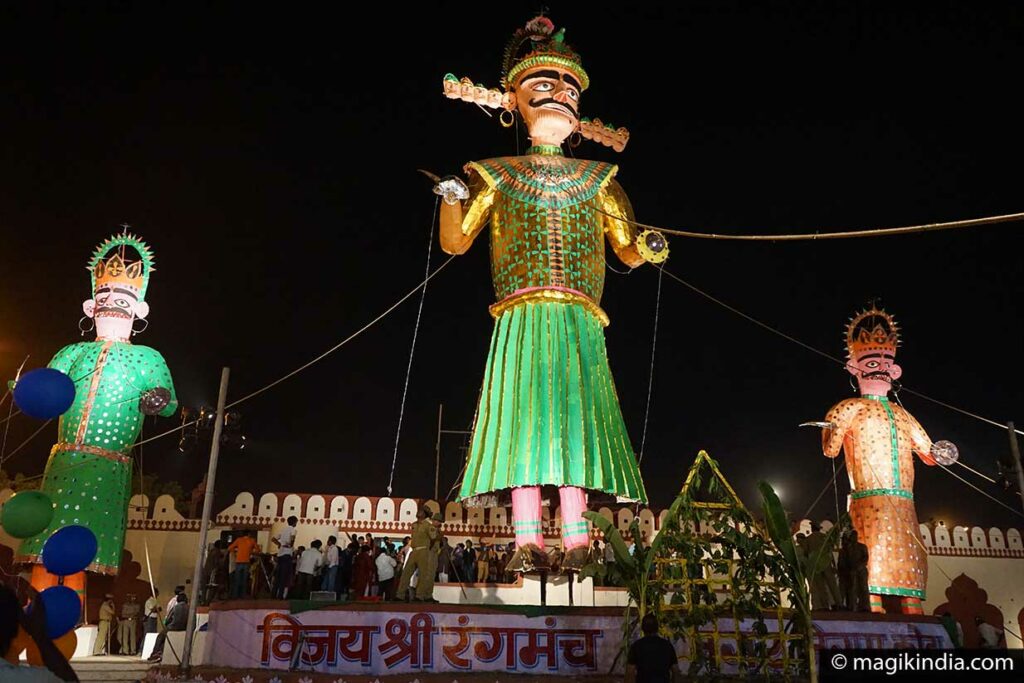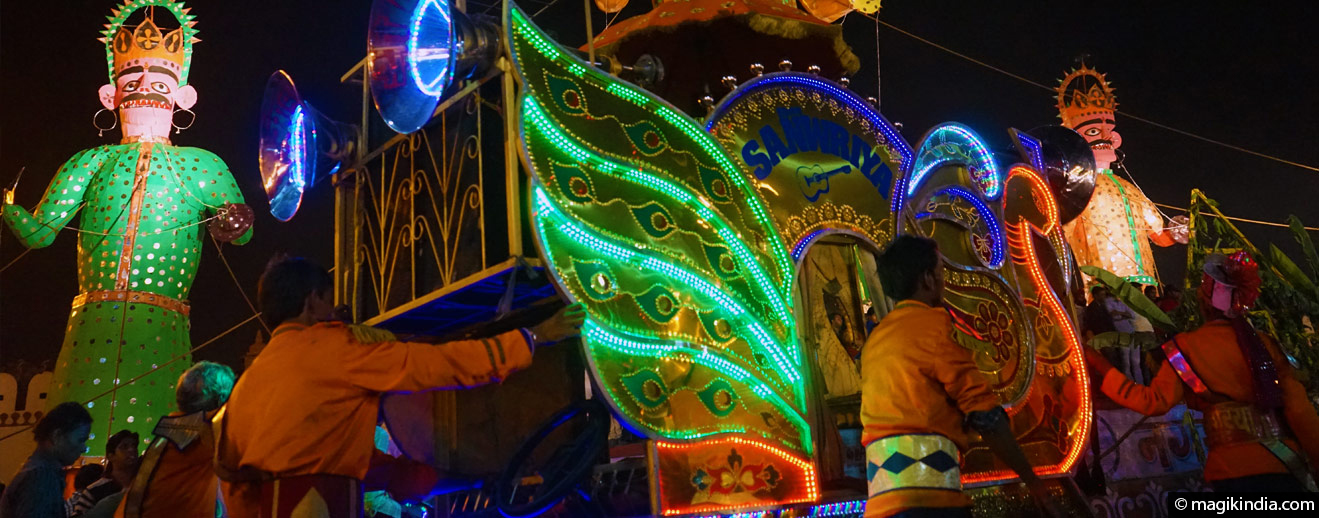
Dussehra, the victory of light over darkness
Dussehra marks the end of one of the biggest Hindu festivals called ‘Navaratri’. This festival lasts for nine nights and ten days. Its purpose is to celebrate the Universal Mother, or Shakti: the primordial force. The tenth day is commonly called Vijayadashami, the day of victory of light over darkness. Vijayadashami is also called Dusserha or Dasara in some parts of India, where it associated with Lord Rama.
The legend
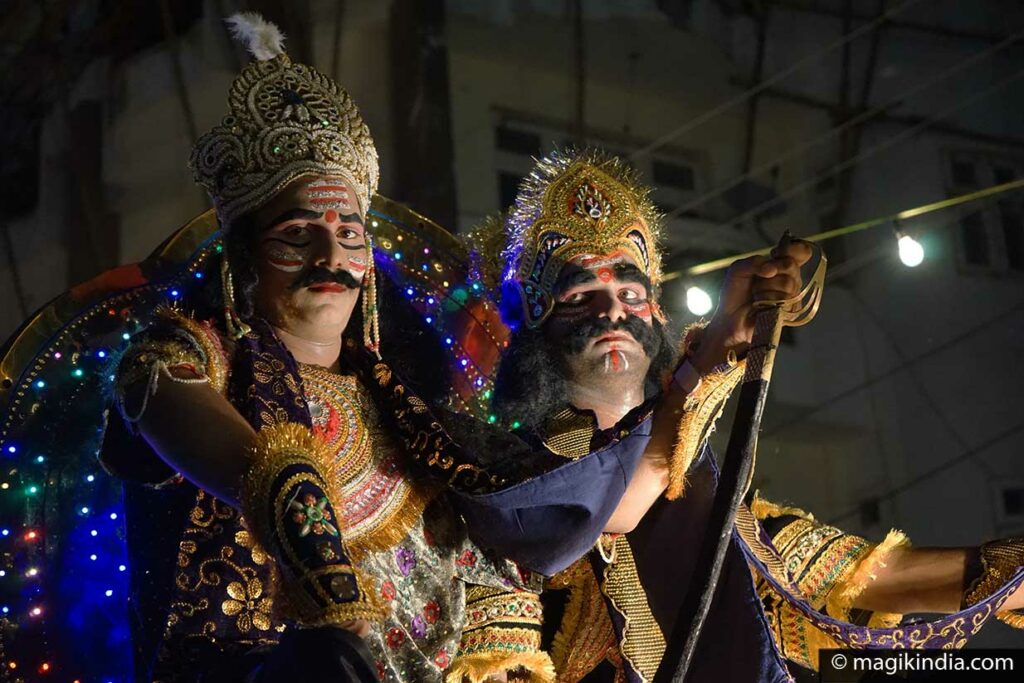
When the demon king Ravana captured Sita, wife of the god Rama, and carried her off to his kingdom in Sri Lanka, a fierce battle ensued. But despite all his efforts Rama could not defeat Ravana.
To vanquish the demon, Rama decided to perform a puja (ritual) to invoke Shakti (the goddess Durga).
He needed 108 blue lotus flowers for the ceremony but could only find 107. As the puja could not be performed without the exact number of flowers, he decided to lay one of his blue eyes instead at Durga’s feet. Satisfied by this mark of devotion, the goddess granted him blessings and he was able to defeat the ten-headed Ravana and rescued Sita.
Ever since, the victory of good over evil has been celebrated on Dussehra.
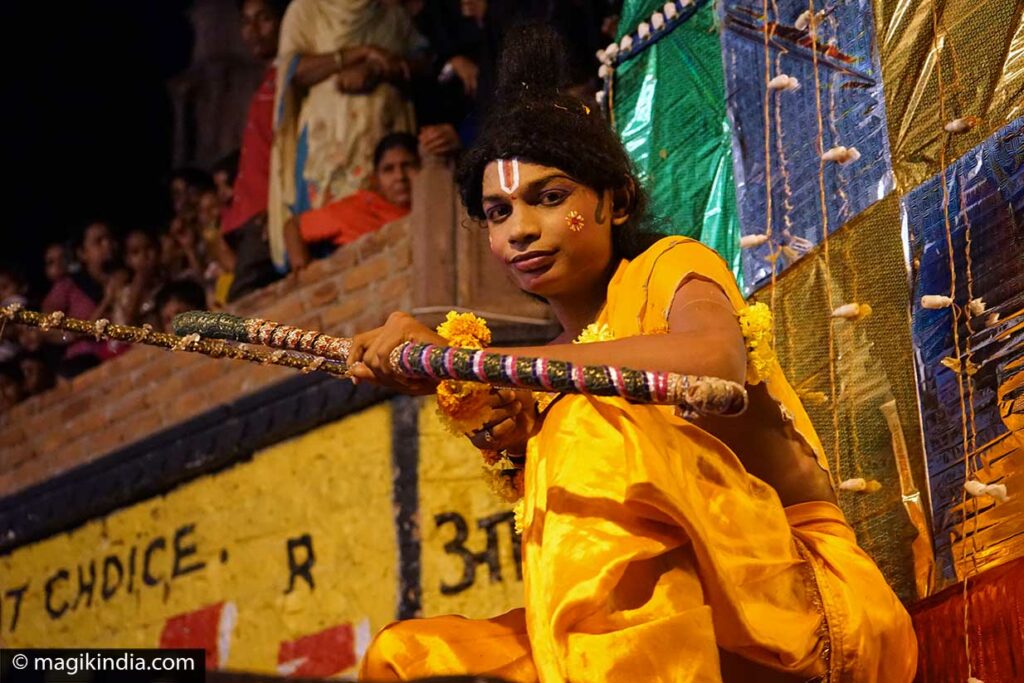
Dussehra is considered a propitious time to bless the tools of one’s trade or profession. According to another legend, in the Mahabharata epic, Arjuna had hidden his weapons in a tree and when he came back a year later on the day of Dussehra he was able to recover them safely. He gave worship to both the weapons and the tree.
Dussehra in Kota, Rajasthan
This festival is celebrated in great pomp in many city of India like in Mysore (Karnataka) and in the town of Kota in Rajasthan.
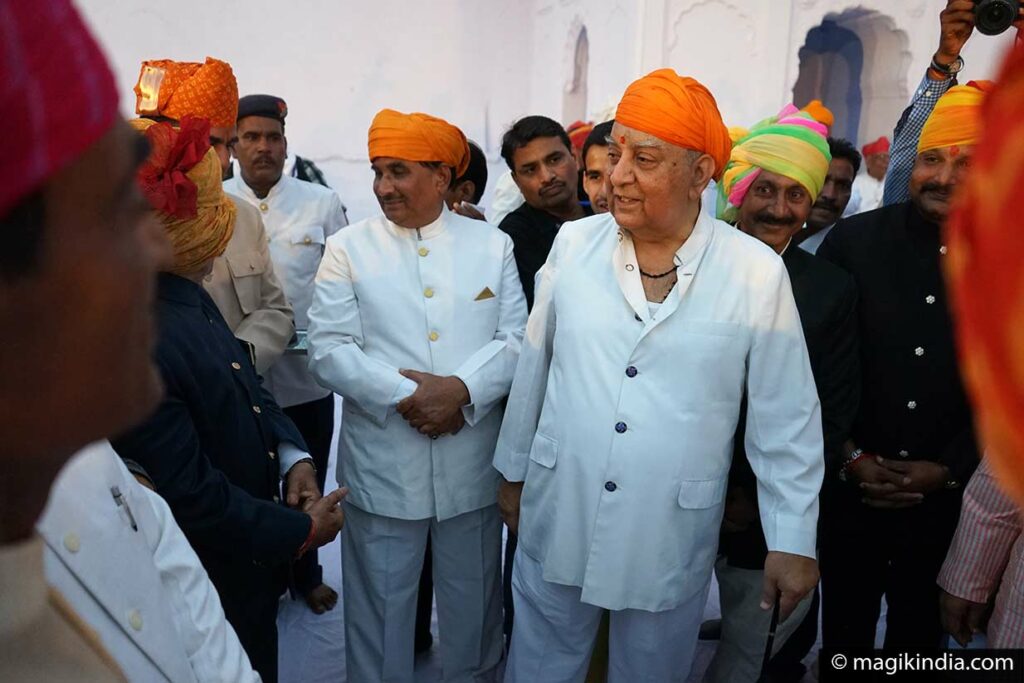
In Kota, the festivities begin in the late afternoon at the Palace, with the Maharaja, Brijraj Singh Bahadur, local worthies and a few hand-picked individuals. The multicoloured turbans make a great show.
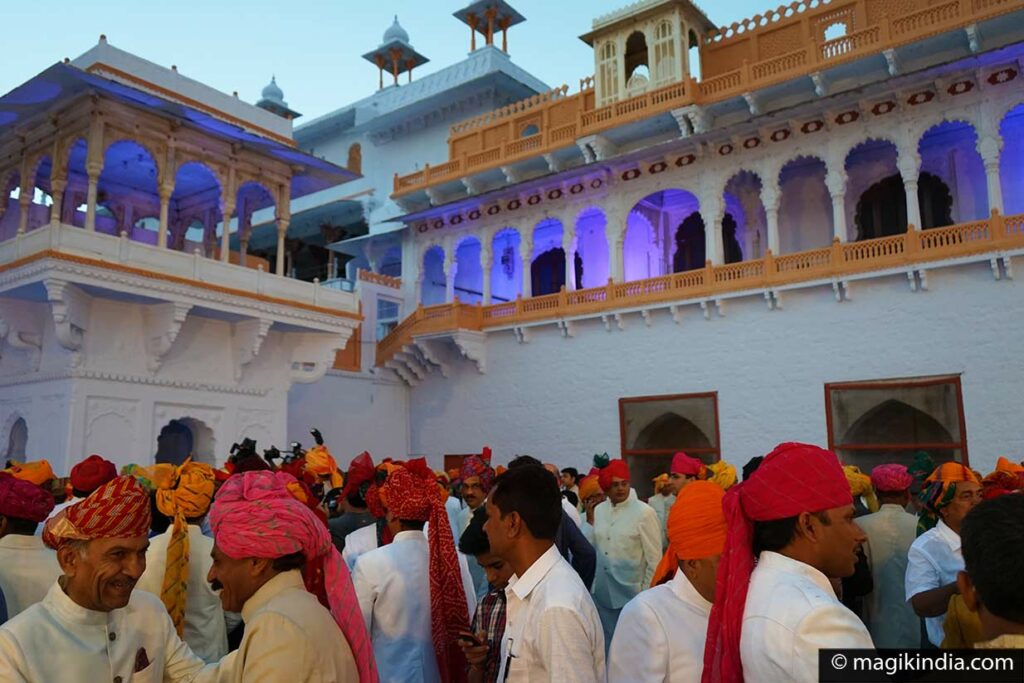
Then a parade of floats illustrating Rama’s battle against Ravana winds its way around town.
The high point of the show comes at the end of the evening when the 60-foot effigies of the demon-king Ravana and two of his warriors are set ablaze and burnt.
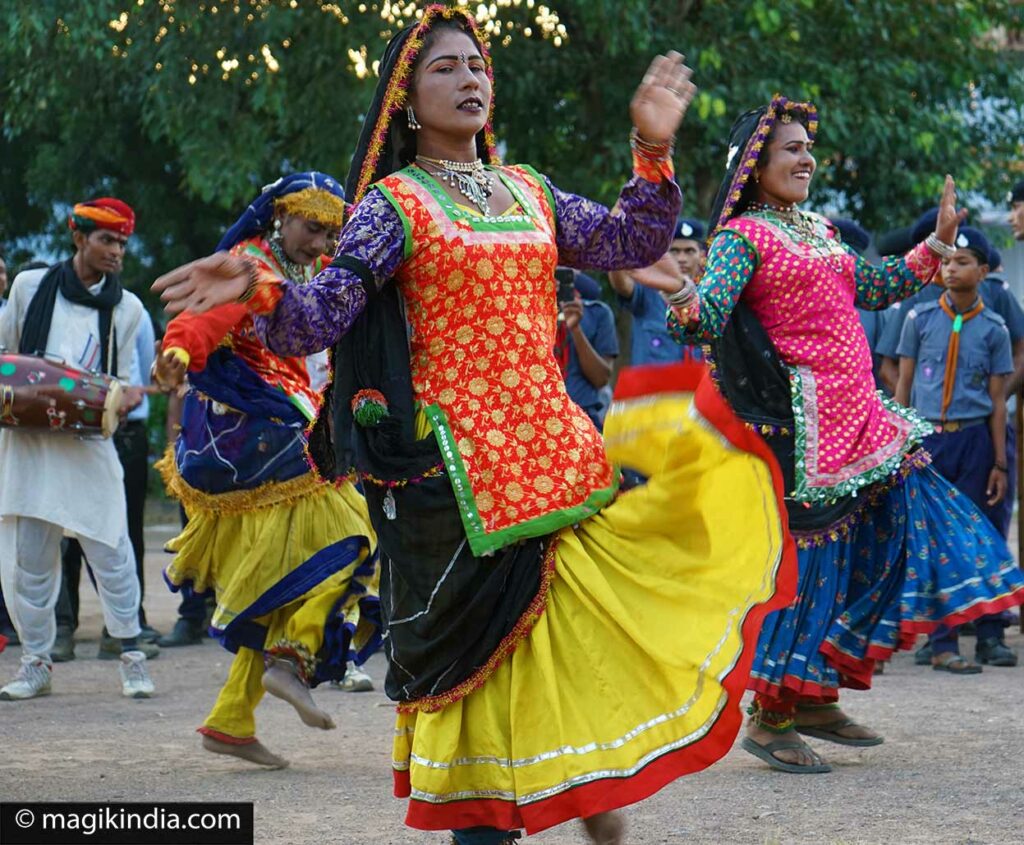
A festival that awakens your inner child.
